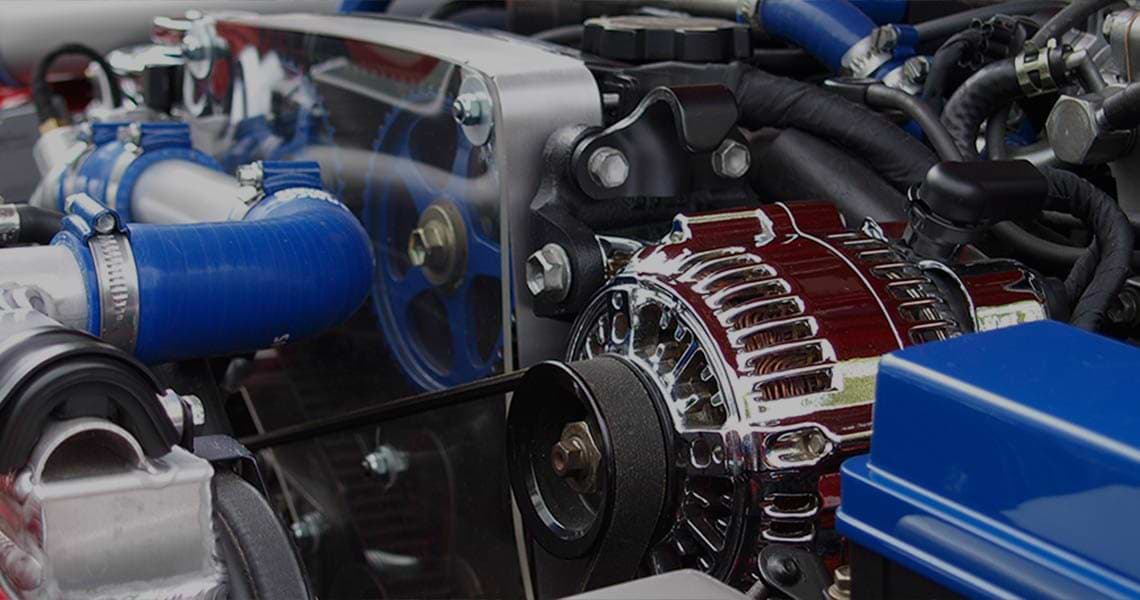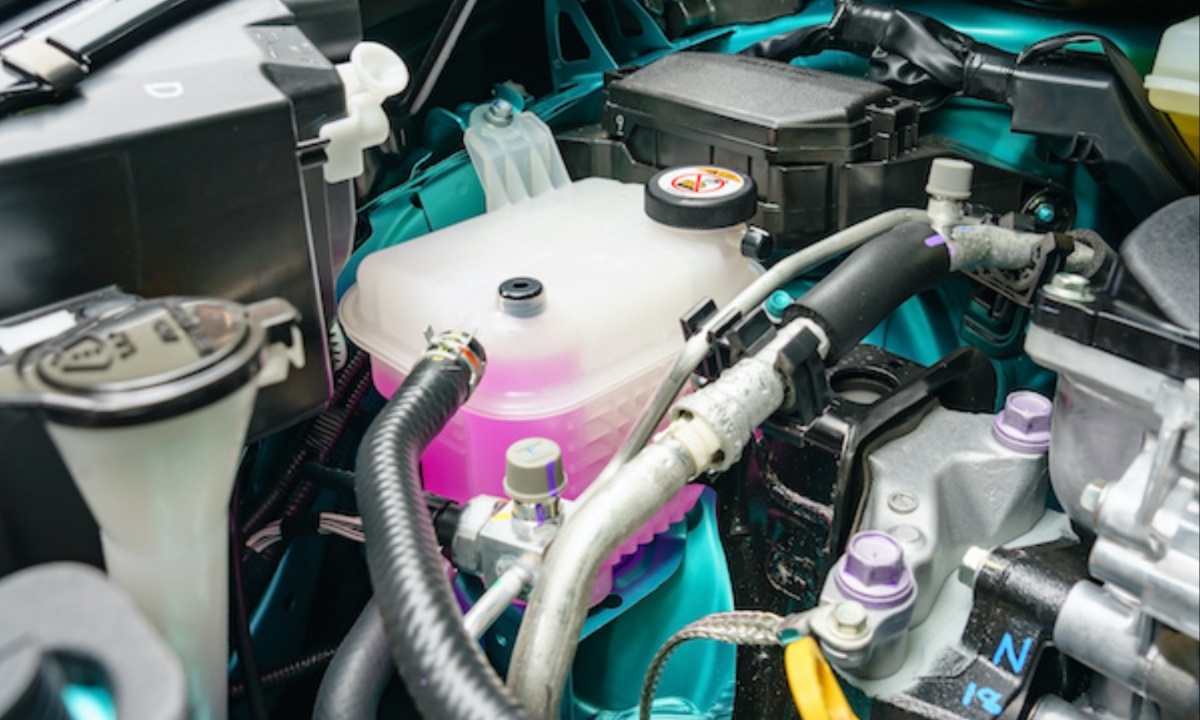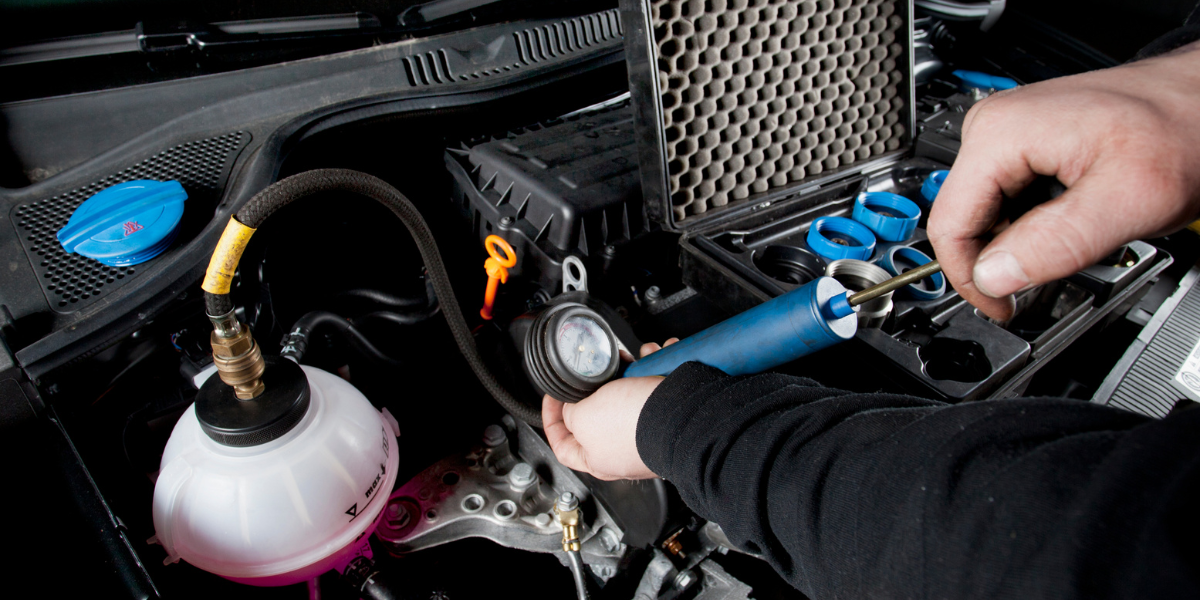Car cooling systems are essential to prevent an engine from overheating or underperforming. Excess heat can cause engine components to expand and seize, while too little heat can reduce efficiency and cause wear. Despite significant advancements in car powertrains, cooling systems have remained relatively unchanged, though they have become more compact and efficient to meet modern demands for lower emissions and improved fuel efficiency. Understanding how the car cooling system works and how to maintain it is crucial for vehicle longevity.
Most modern cars use liquid cooling systems instead of the older air-cooled systems seen in cars like the original VW Beetle or Porsche 911. Liquid cooling involves a special coolant fluid, a network of pipes, regulating valves, a radiator, and an expansion tank. The coolant is pumped through the engine, absorbing heat from the engine block and cylinder head, before returning to the radiator for cooling. This system helps maintain engine temperature within a safe range for optimal performance.
The main components of a car’s cooling system include the radiator, water pump, thermostat, and expansion tank. The radiator is typically a honeycomb-shaped aluminum structure that dissipates heat from the coolant through a series of thin layers. The water pump circulates coolant through the engine and radiator, powered by either a rubber belt or, in newer models, an electric motor. The expansion tank stores extra coolant and helps manage pressure within the system.

The cooling system’s operation varies based on the engine’s temperature. When the engine is cold, the water pump circulates coolant through the engine but prevents it from reaching the radiator by using a thermostatically controlled valve. This helps the engine warm up quickly, improving fuel vaporization and reducing friction. Once the engine reaches around 90°C, the thermostat opens to allow hot coolant to flow to the radiator, where it is cooled by airflow before returning to the engine.
The radiator functions as a heat exchanger, transferring heat from the coolant to the surrounding air. Air enters through the front grille, passing over the radiator’s aluminum fins, which increase the surface area and enhance heat transfer. The coolant, now cooled, flows back to the engine to prevent overheating. A cooling fan may also assist in this process, especially when the car is stationary, by drawing air through the radiator to maintain optimal temperatures.
As the coolant heats up, it expands, increasing the pressure within the system. To prevent damage, the radiator cap opens when the pressure exceeds a certain threshold, allowing coolant to flow into the expansion tank. This keeps the system sealed and prevents the coolant from boiling over. If the system loses coolant or develops leaks, it’s important to check the coolant level and top up when necessary.

In modern vehicles, electric cooling fans are commonly used to help cool the radiator when the car is idle or moving slowly. These fans are controlled by temperature sensors that ensure the fan operates only when necessary, improving efficiency. In some older or simpler systems, a viscous fan is driven by the engine, engaging when required based on engine temperature.
Car coolant is a mixture of water and antifreeze, designed to prevent freezing and corrosion while effectively managing heat. Pure water would freeze in cold weather or cause the engine to overheat in hot conditions. Antifreeze helps maintain the coolant’s effectiveness by lowering its freezing point and raising its boiling point. Most manufacturers recommend a 50/50 mixture of antifreeze and de-ionized water, with different types of antifreeze suitable for various vehicle models. Regularly checking the antifreeze level and using the correct type for your car is crucial to maintaining a healthy cooling system.

